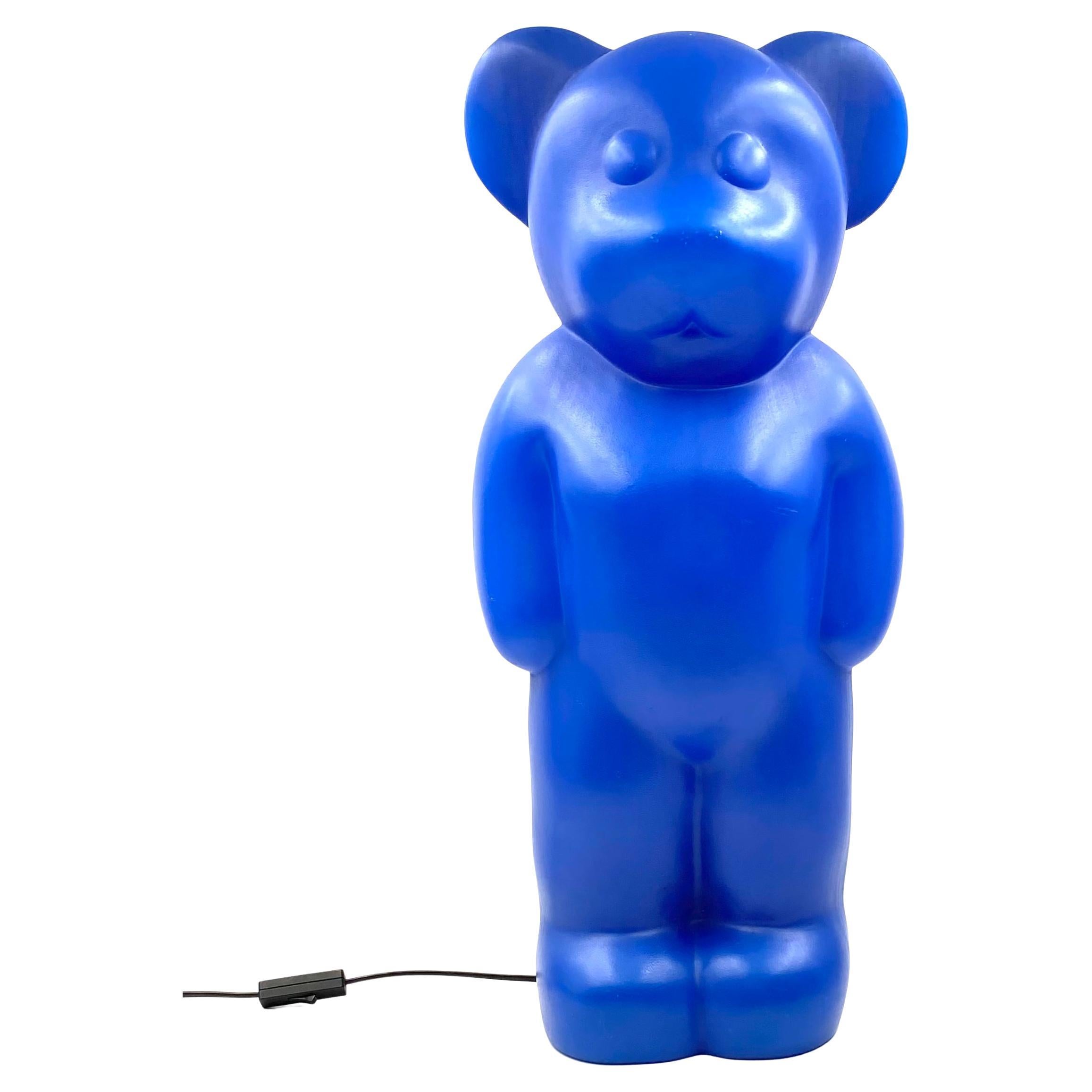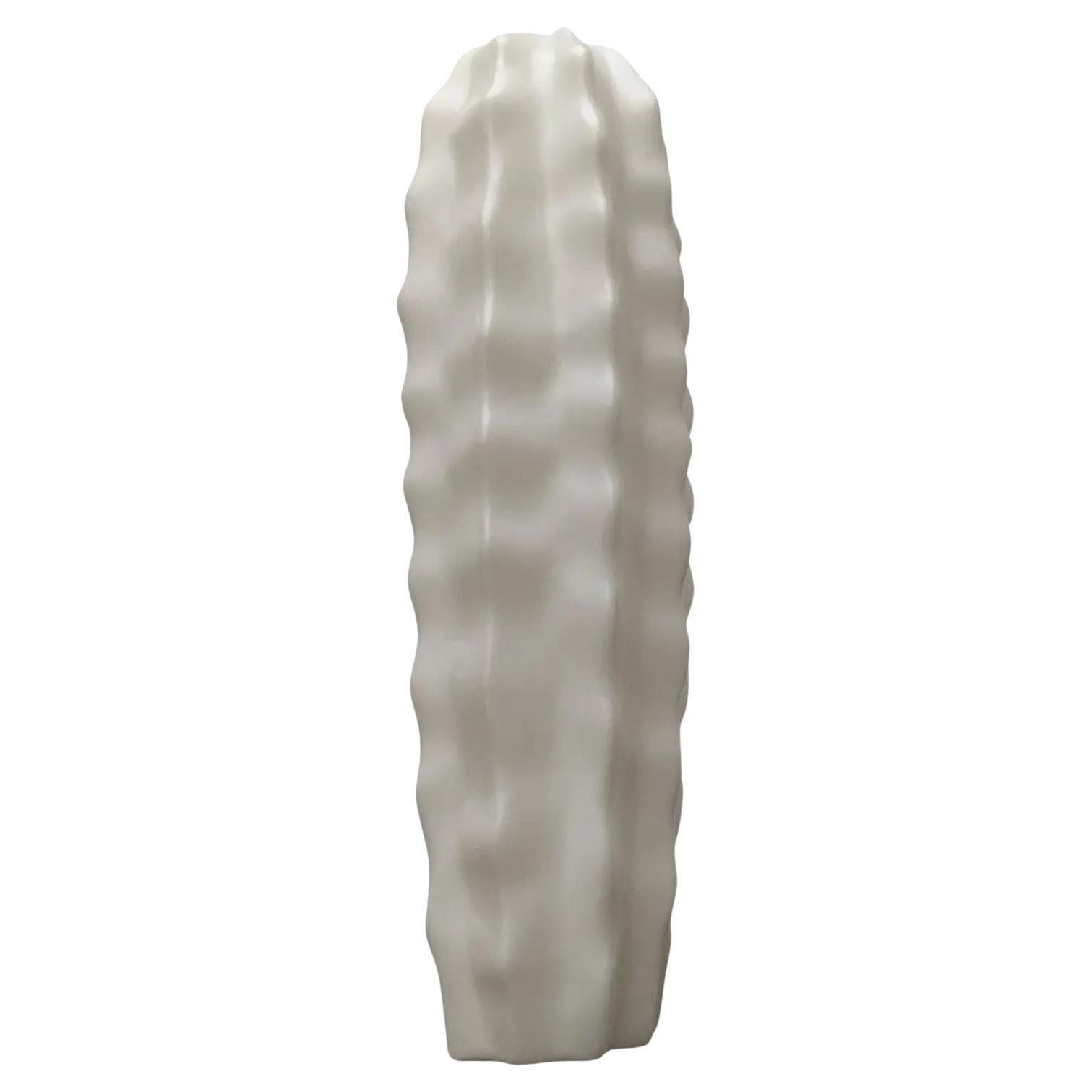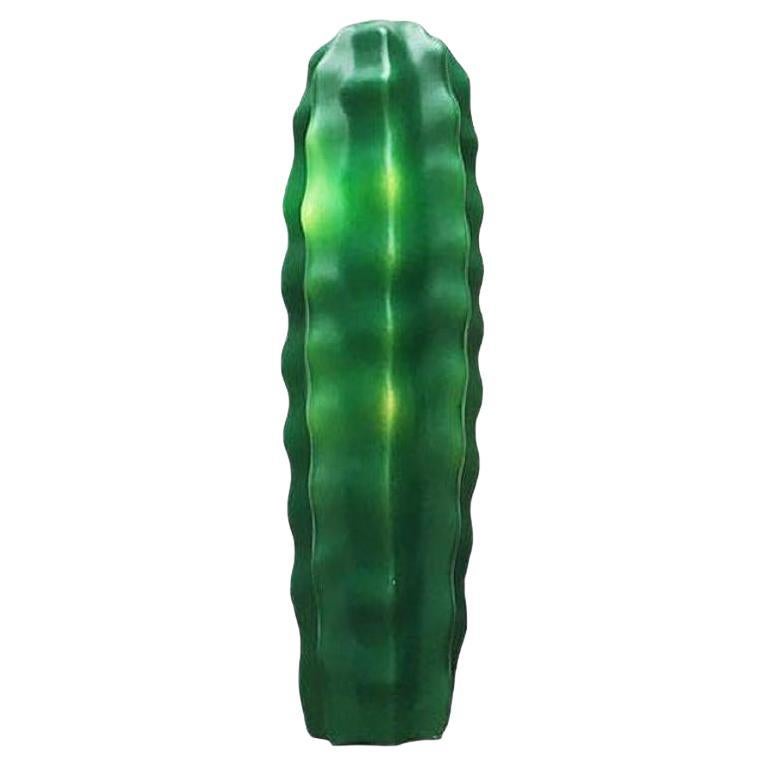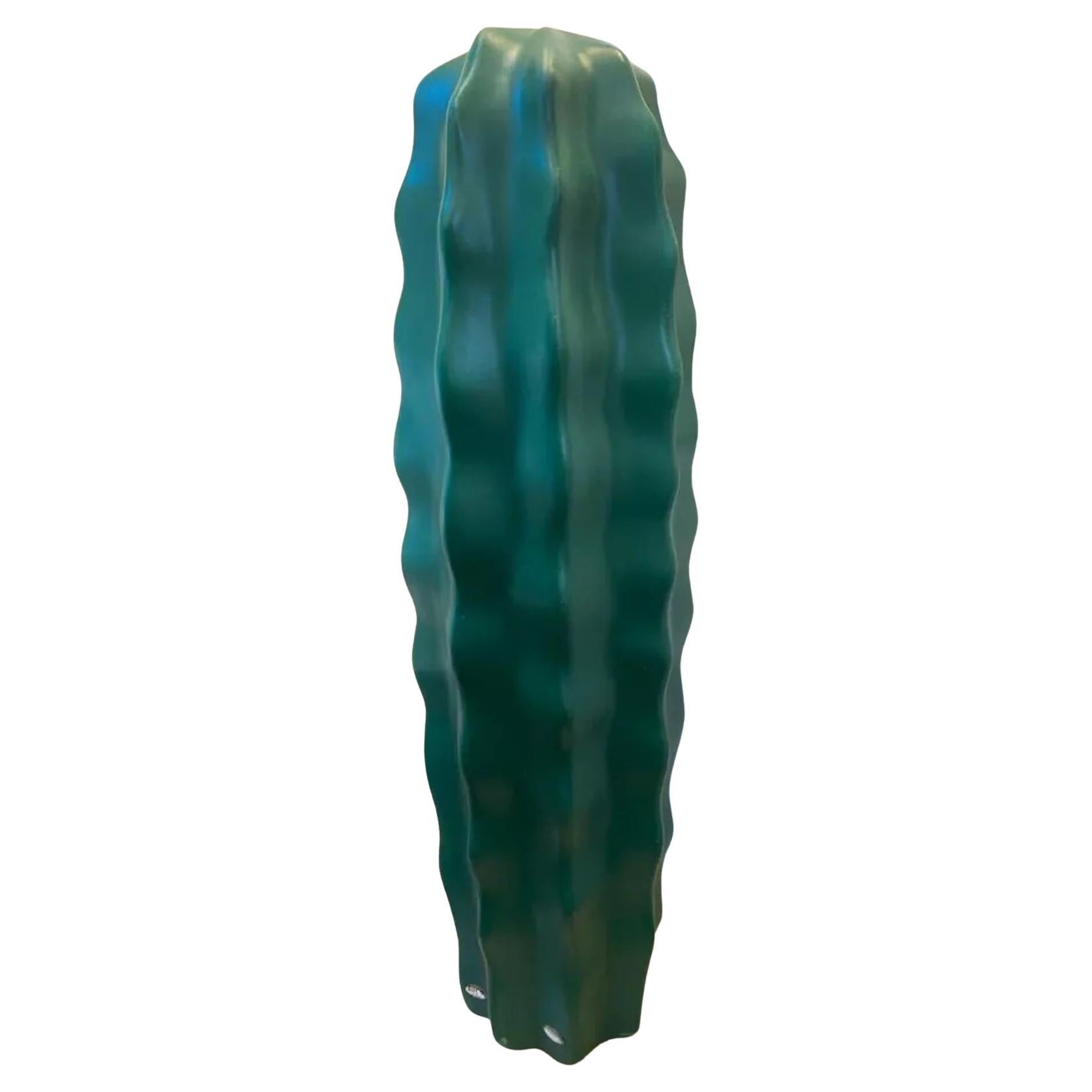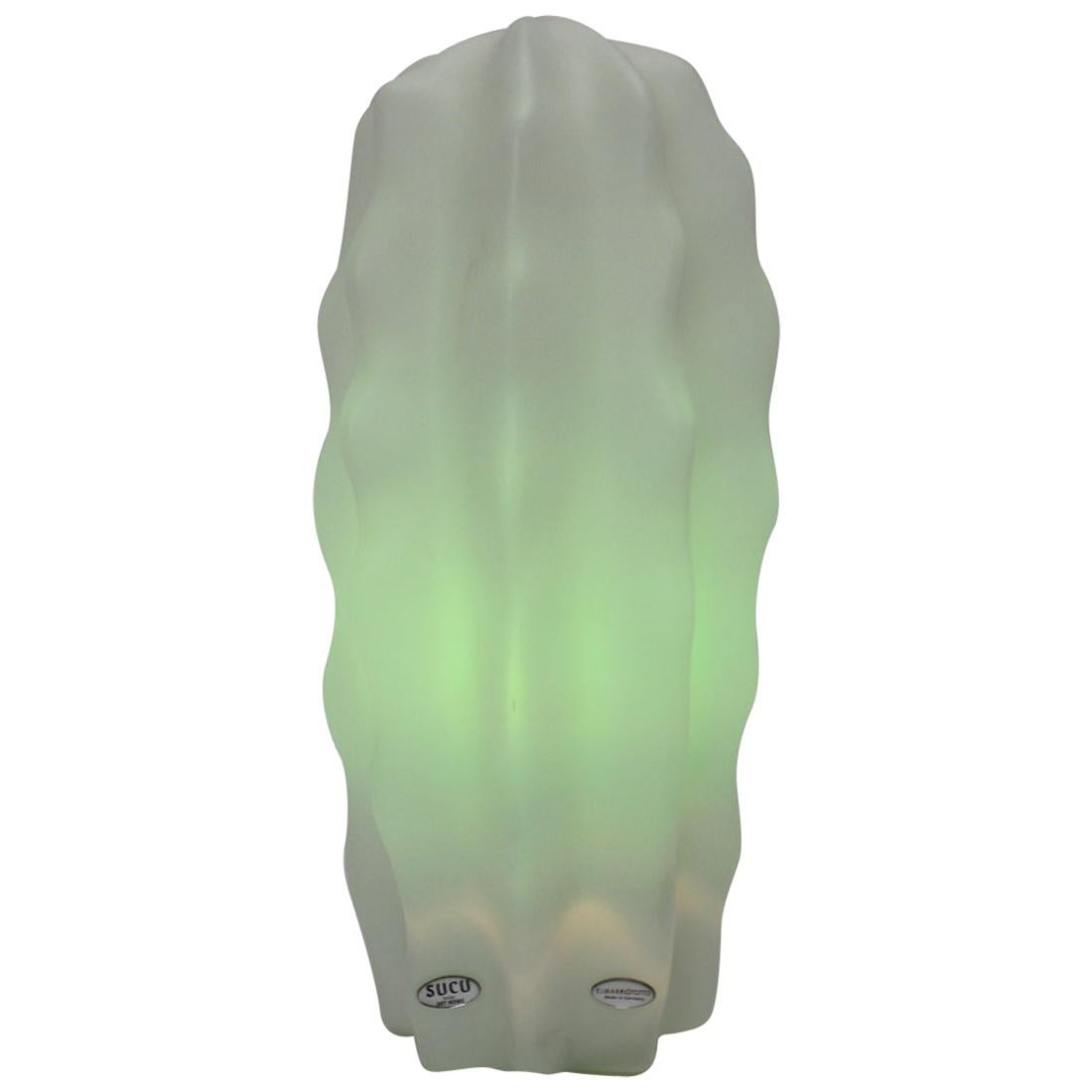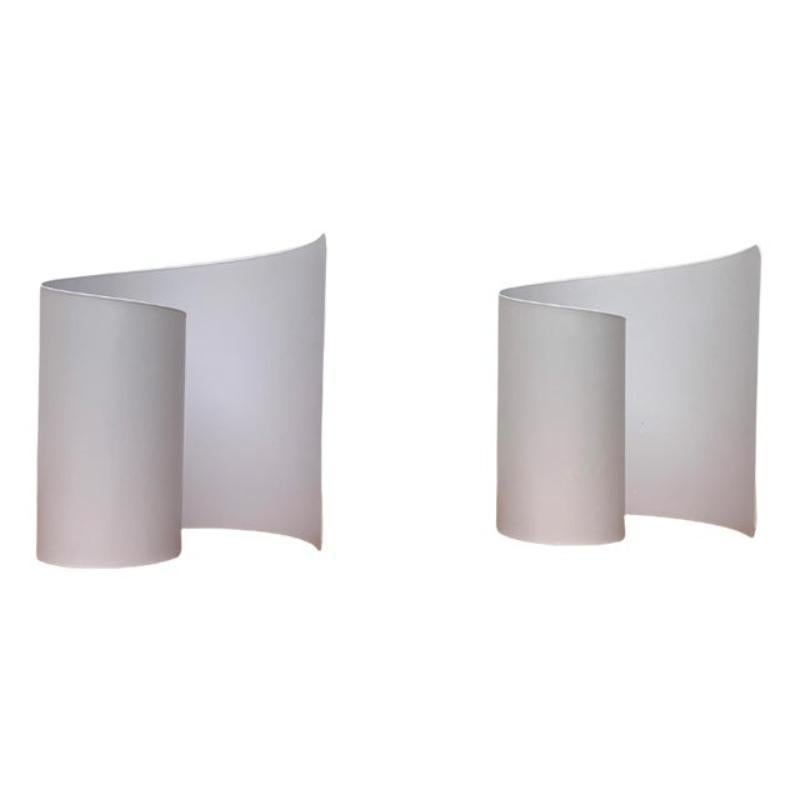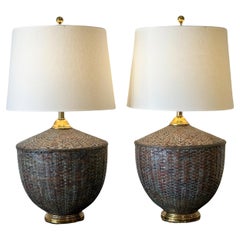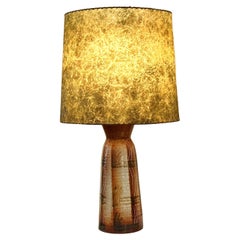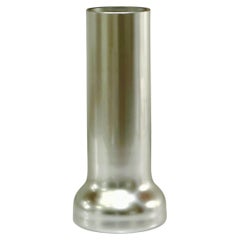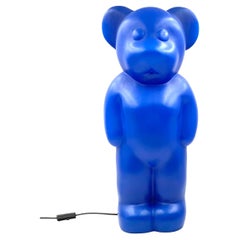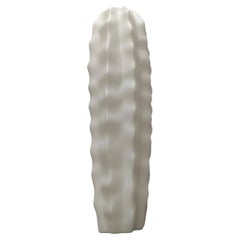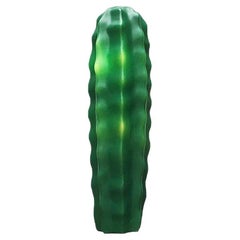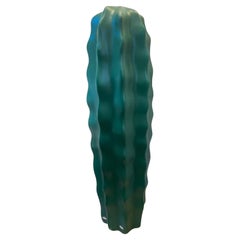Items Similar to Art Nowo for Elmar Flototto, Germany Postmodern Cactus Lamp Set of Three ca 1990
Want more images or videos?
Request additional images or videos from the seller
1 of 14
Art Nowo for Elmar Flototto, Germany Postmodern Cactus Lamp Set of Three ca 1990
About the Item
Art Nowo for Elmar Flototto, Germany Postmodern "SUCU" Cactus Lamps, ca 1990
The set consists of two larger lights measuring 30” high x 14” diameter, and one smaller light measuring 22” high x 10” diameter.
This set is not only functional but decorative as well and a fun addition to your decor. Postmodern for pop-art style that is certain to be a source of interest for your guests.
The lamps contain labels attached to each lamp that identify them and two of the metal baseplates which house the lighting apparatus also are labeled. Interesting, one of the baseplates have a "Lumibear" label which is another vintage design by the same company that apparently used the same baseplates.
We have been using LED lights that we obtained that fit the interior socket, but regular incandescent lights work as well. Use colored light bulbs if you desire for a unique effect. Lamps may be placed on the floor or table top, or on pedestals as we have displayed them here, Note that the pedestals are not included.
Condition is good with minor scuff and scratches shown in detailed photos. Some of these appear to be from production as they are in the interior of the lamps.
These are an indoor or a covered dry protected area. They cannot be outside where they would possible get wet.
- Creator:Elmar Flötotto (Manufacturer)
- Dimensions:Height: 30 in (76.2 cm)Width: 14 in (35.56 cm)Depth: 14 in (35.56 cm)
- Sold As:Set of 3
- Power Source:Hardwired
- Voltage:110-150v
- Lampshade:Not Included
- Style:Post-Modern (Of the Period)
- Materials and Techniques:
- Place of Origin:
- Period:
- Date of Manufacture:Circa 1990s
- Condition:Wear consistent with age and use. Condition is good with minor scuff and scratches shown in detailed photos. Some of these appear to be from production as they are in the interior of the lamps.
- Seller Location:Cathedral City, CA
- Reference Number:Seller: OC 95671stDibs: LU8352241386672
About the Seller
5.0
Vetted Professional Seller
Every seller passes strict standards for authenticity and reliability
Established in 2000
1stDibs seller since 2023
17 sales on 1stDibs
Typical response time: <1 hour
- ShippingRetrieving quote...Shipping from: Cathedral City, CA
- Return Policy
Authenticity Guarantee
In the unlikely event there’s an issue with an item’s authenticity, contact us within 1 year for a full refund. DetailsMoney-Back Guarantee
If your item is not as described, is damaged in transit, or does not arrive, contact us within 7 days for a full refund. Details24-Hour Cancellation
You have a 24-hour grace period in which to reconsider your purchase, with no questions asked.Vetted Professional Sellers
Our world-class sellers must adhere to strict standards for service and quality, maintaining the integrity of our listings.Price-Match Guarantee
If you find that a seller listed the same item for a lower price elsewhere, we’ll match it.Trusted Global Delivery
Our best-in-class carrier network provides specialized shipping options worldwide, including custom delivery.More From This Seller
View AllMaitland Smith Woven Patinated Copper and Brass Table Lamps ca 1970s
By Maitland Smith
Located in Cathedral City, CA
Maitland Smith Woven Patinated Copper and Brass Table Lamps ca 1970s
Beautiful woven patinated copper lamp base in a basket form with circular steppe...
Category
Vintage 1970s Philippine Hollywood Regency Table Lamps
Materials
Metal, Brass, Copper
Design Technics Brown Tone Ceramic Lamp with Original Fiberglass Shade, ca 1950s
By Design Technics
Located in Cathedral City, CA
Design Technics Brown Tone Ceramic Lamp with Original Fiberglass Shade, ca 1950s
This lamp was purchased in New Jersey around 2013 at the Estate of one of the cousins of the Design ...
Category
Mid-20th Century American Mid-Century Modern Table Lamps
Materials
Metal
Karim Rashid for Leonardo Germany Limited Edition New Move Glass Vase, ca 1999
By Karim Rashid
Located in Cathedral City, CA
Karim Rashid for Leonardo Germany Limited Edition New Move Silver Glass Vase, ca 1999.
Measures 8” high, base 3-1/2” wide, and mouth 2-1/4” wide.
There is a small scratch of silver finish/coating on glass (we've posted an image of the interior and exterior at the area of the scratch). There is also a faint area of small blemishes at the base See images for more detail.
If there’s one thing karim rashid hates, it’s trophies. The 40-year-old designer has more than 40 of them, from big international ones like the 1999 George Nelson Award (given for breakthrough furniture design), to quaint little Canadian ones like Designer of the Year 2001. “It came with a little pin,” says Rashid, “and a … a … very nice …” He tries to describe the shape of the award with his hands but gives up. “It’s time that whole trophy thing changes. It’s kitsch. They’re functionless things.” Rashid was asked to design one for the DaimlerChrysler Design Awards (he’s a past recipient). “I was going to make it electro-luminescent. When the lights go out, it has a sensor so it turns on,” he says. But the trophy-as-night-light, a reminder of one’s worth in the darkest hours, didn’t impress Chrysler’s people. He never heard back.
They may well be gnawing their knuckles over that decision right now because Rashid’s conquest of the realm of product design is all but complete. A lush and suitably worshipful retrospective of his work, Karim Rashid: I Want to Change the World (Thames & Hudson; 249 pages), hits Australasian bookstores this month. There was a crowd around anything with his stamp on it-including stools, chess sets and storage units-at the recent International Contemporary Furniture Fair in New York City. More than 2 million North Americans are throwing their rubbish into a receptacle he designed, while 750,000 or so park their rears on one of his cheapo plastic chairs. It’s not just in North America. He has been dubbed Der Poet des Plastiks by a retailer in Germany and the prolifico progettista Americano by Interni magazine in Italy.
Trophies he may despise, but accolades Rashid can handle. The problem with being the Most Famous Industrial Designer in All the Americas is that you’re still less famous than someone who got kicked off Survivor the first week. Most people cannot name the designer of one nonclothing item in their homes. Rashid, who was born in Egypt, raised in Canada and is living in New York City, is more than happy to bring an end to this anonymity. Not just because he wants to be famous, although there seems to be that, but because he believes design should be a bigger part of the social discourse. “I have been almost alone in this country, trying to make design become a public subject,” he says.
His chief method of persuasion is to make the banal better so that people notice design more. He likes creating expensive furniture and perfume bottles just fine, but what really gets his juices going is the everyday: manhole covers, a cremation urn, disposable cigarette lighters, garbage bins, salt and pepper shakers, plastic pens. “I want American Standard to come to me to do the toilets for Home Depot,” he says.
In many ways Rashid is more like an itinerant industrial evangelist than a designer. He traveled 200 days last year. He claims to have been to every major mall in America, where he signs his products in high-end design stores and trolls about observing humans interacting with the objects around them. He has taught at design schools for more than a decade, and his work has been in 11 art shows in the past eight months. But mostly he has proselytized the corporate barbarians. And like any good missionary, he has learned to speak the language of his converts. One of the first things he does when he gets new clients is tour their factories to understand their manufacturing capacity. He also visits the retail outlets to see how the product might be displayed. And he really knows how to sell, especially himself. “I work with a guy in L.A.,” says Rashid, declining to name him. “He made a lot of really bad furniture. His business was hand-to-mouth. I proposed seven or eight projects. The pieces I’ve done for him have already become iconic.” The subtitle of his monograph, I Want to Change the World, is not ironic, just characteristically immodest.
“Most industrial-design studios try to interpret a client’s needs and come up with a style,” says Paul Rowan, co-founder of housewares manufacturer Umbra. “Karim has his own personal vision.” It helps that Rashid’s vision incorporates things that Rowan needs, like a design that will stack and ship easily and that creates little waste in the making.
Rashid’s father was a set designer for Canadian TV who rearranged the family furniture every Sunday. So perhaps it was ordained that Karim would grow up to become one of the pioneers in non-cheesy plastic, making objects that have energy and personality but aren’t wacky. He, like many of his generation, has championed the could-only-be-designed-with-computers blob. But his is not just a blob for its own sake. His Oh Chair...
Category
1990s German Minimalist Vases
Materials
Blown Glass
Purvis Young (1943-2010) Abstract Painting, ca 1990s
By Purvis Young
Located in Cathedral City, CA
Purvis Young (1943-2010) Abstract Painting, ca 1990s
Includes paper attesting to this work being part of the "American Salvage Find" where numeroius work presumed to be Purvis Young...
Category
Late 20th Century American Modern Paintings
Materials
Acrylic, Wood, Paint
Maitland Smith Tessellated Rosso Levanto Marble Box, ca 1990s
By Maitland Smith
Located in Cathedral City, CA
Exquisite Maitland Smith Tessellated Rosso Levanto Marble Box, ca 1990s.
This octagonal slope sided box is clad in a beautiful tessellated rosso levanto marble and accented with a ...
Category
Late 20th Century Philippine Modern Decorative Boxes
Materials
Marble, Brass
Helmut Schaffenacker Ulm, Germany Abstract Ceramic Fish Plaque, ca 50s
By Helmut Friedrich Schäffenacker
Located in Cathedral City, CA
Helmut Schaffenacker Ulm, Germany Abstract Ceramic Fish Plaque, ca 50s
This is a beautifully executed ceramic wall plaque with abstract fish decor with a deep blue mottled backgrou...
Category
Vintage 1950s German Mid-Century Modern Decorative Art
Materials
Ceramic
You May Also Like
Postmodern Blue Bear Lamp, Heinz Klein for Elmar Flötotto, Germany, 1990s
By Elmar Flötotto
Located in Firenze, IT
Blue Bear large floor / table lamp
Designed by Heinz Klein, Lumibär, Elmar Flötotto, Germany 1990
Plastic
Measures: H 58 cm - 28 x 20 cm
Con...
Category
1990s German Post-Modern Table Lamps
Materials
Plastic
German Postmodern Sucu Cactus Floor Lamp by Art Nowo for Flötotto, 1980s
Located in Hamburg, DE
Rare cactus floor lamp from Flötotto.
The stylized cactus shape makes for a decorative yet understated lighting object. The lamp is made of plastic and is very sturdy. Inside is a f...
Category
20th Century German Post-Modern Floor Lamps
Materials
Plastic
German Postmodern Sucu Cactus Floor Lamp by Art Nowo for Flötotto, 1980s
Located in Hamburg, DE
Cactus floor lamp from Flötotto in a special version. The large sucu in green is very rare to find.
The stylized cactus shape gives a decorative yet understated lighting object. The...
Category
20th Century German Post-Modern Floor Lamps
Materials
Plastic
German Vintage Modern Sucu Cactus Floor Lamp By Art Nowo For Flototto
Located in London, GB
The Flototto Sucu 'Cactcus' floor lamp has a unique catcus design, made from polypropylene it has a very durable exterior.
Designed by Art Nowo and manufactured by Elmar Flötotto, ...
Category
Late 20th Century German Modern Floor Lamps
Materials
Acrylic
Modernist White Vintage Plastic Cactus Table Lamp Sucu by Flötotto, Germany 1970
By Elmar Flötotto
Located in Vienna, AT
The white plastic vintage table lamp was designed and executed by Elmar Flötotto, Germany, 1970s.
The vintage table lamp named Sucu is labelled. Furthermore the table lamp features a...
Category
Late 20th Century German Modern Table Lamps
Materials
Plastic
Set of 2 Postmodern German Tessa Table Lamp from Brilliant Leuchten, 1990s
Located in Hamburg, DE
Postmodern German Tessa Table Lamp from Brilliant Leuchten, Set of 2, in Very Good conditions. Designed 1990 to 1999 This piece has an attribution markIt i...
Category
20th Century German Post-Modern Table Lamps
Materials
Metal
Recently Viewed
View AllMore Ways To Browse
Postmodern Small Table
Metal Pedestal Table Small
Postmodern Pedestal
Metal Cactus
Vintage Fun House
Elmar Flototto
Prince Of Wales Silver
Rc Furniture
Shirvan Kazak Rug
Shirvan Kazak
Side Tables Tubular Steel
Silver Grey Rug
Single Plank Table
Sofa Carved Arms
Sterling Silver Overlay
Stickley Mission Oak
Two Seat Loveseat
Two Seater Green Sofa
